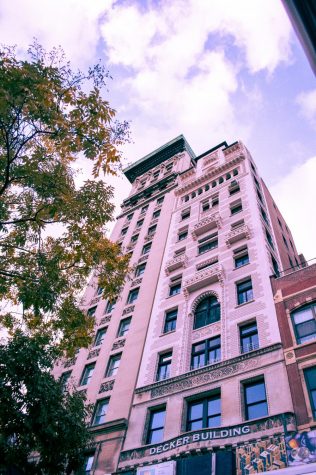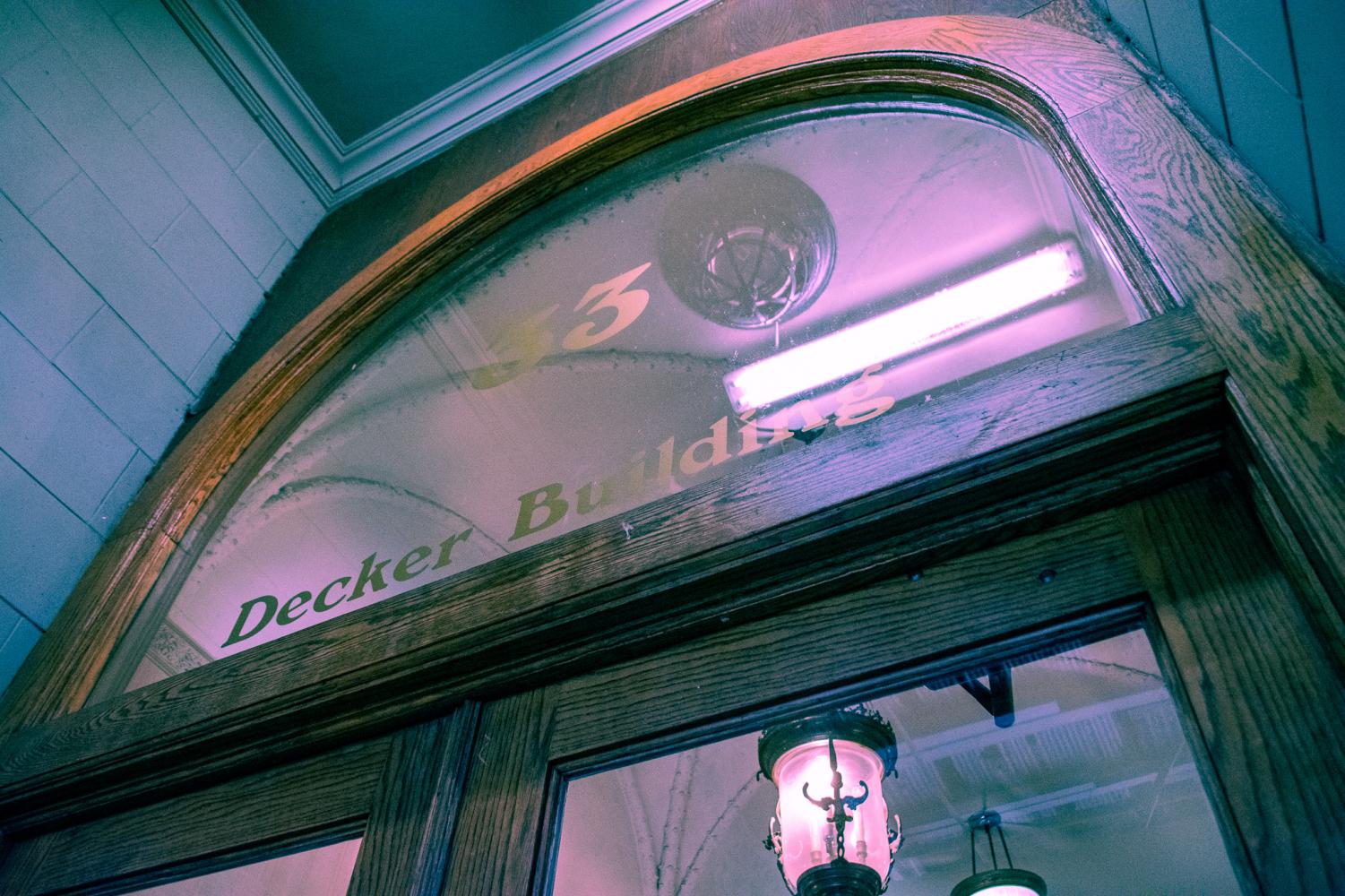The parties, drugs and porn of 33 Union Square West
Andy Warhol: pop artist, filmmaker and apparently, baller.
November 24, 2021
I know Andy Warhol from his pop art of Marilyn Monroe and Campbell’s Soup, which I saw at The Whitney Museum of American Art as a first-year. According to my unbearable class readings (@Fredric Jameson), Warhol’s art is postmodern, meaning he emphasizes surface over depth. His paintings are exactly what they appear to be: celebrities and soup. Influential, sure, but benign.
Additionally, Warhol has created spicier works that are also just what they appear to be. His 1964 short film “Blow Job” is pretty much what it sounds like. His 1969 film “Blue Movie” was also called “Fuck” because it featured the actors having sex. The film’s release launched the Golden Age of Porn, the period between 1969 and the early ‘80s when porn became mainstream in America. By mainstream, I don’t mean that it was common to watch in the privacy of your bedroom like it is in the modern day. Instead, spectators watched pornographic movies in theaters, and critics treated it as art.
Warhol produced both tame and transgressive films at his studio, the Factory. The name referred to how intensely he and his friends cranked out experimental artwork, but the Factory was more than a congregation of workaholics. It was also a hangout for socialites, celebrities, musicians, models, drag queens and porn stars. The Factory was known for wild parties with rampant drug use, particularly at its original Midtown location.

In 1968, the Factory relocated to 33 Union Square West, a stone’s throw from NYU upperclassmen residence hall Carlyle Court. Incidentally, I lived there as a sophomore with no clue how close I was to history. The address is better known as the Decker Building, a New York City landmark since 1988 that is listed on the National Register of Historic Places. Surprisingly, its status has nothing to do with Warhol; the building features elaborate Moorish-influenced architecture. But New Yorkers should remember the Decker Building for more than its facade, because what happened inside is much more exciting.
Warhol’s ragers continued at the new Union Square Factory, but they came to a dramatic end when one of his former models, the radical feminist Valerie Solanas, shot him in 1968. I’m not one to toss around the term radical feminist lightly, but she literally wrote a manifesto about killing all men.
Warhol survived but was permanently injured, and the incident made him much more cautious. Though he produced his explicit “Blue Movie” the year after, the party was over. By 1974, when the Factory relocated again to the north side of Union Square, the studio had transformed. Instead of welcoming an eclectic group of artists and free spirits, Warhol now surrounded himself with upper class, college-educated academics. The entire Factory era ended in 1984 when Warhol purchased the Consolidated Edison building on East 33rd street.
Though NYU Abu Dhabi’s 2016 party in honor of the Factory seemed to feature more popcorn than drugs, it was right to honor Warhol’s legacy. Warhol created some of his most provocative art just a block from my old dorm. Heck, he almost died there. As NYU students, the history of 1970s New York counterculture, art and invention is right outside our doorstep.
Contact Sabrina Choudhary at [email protected].

